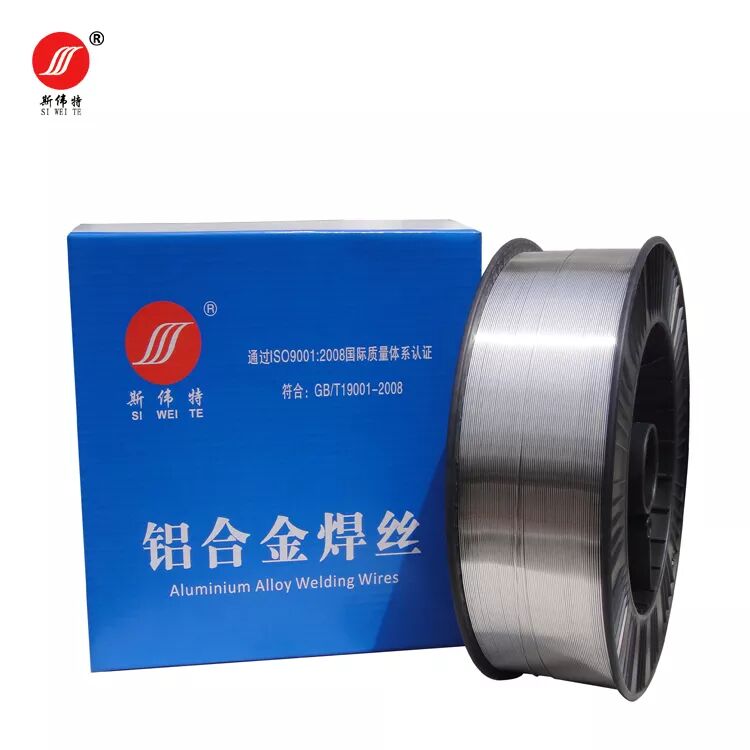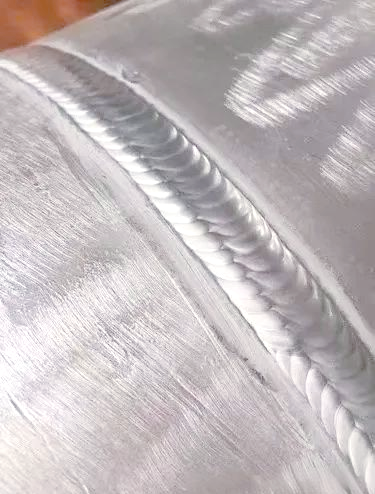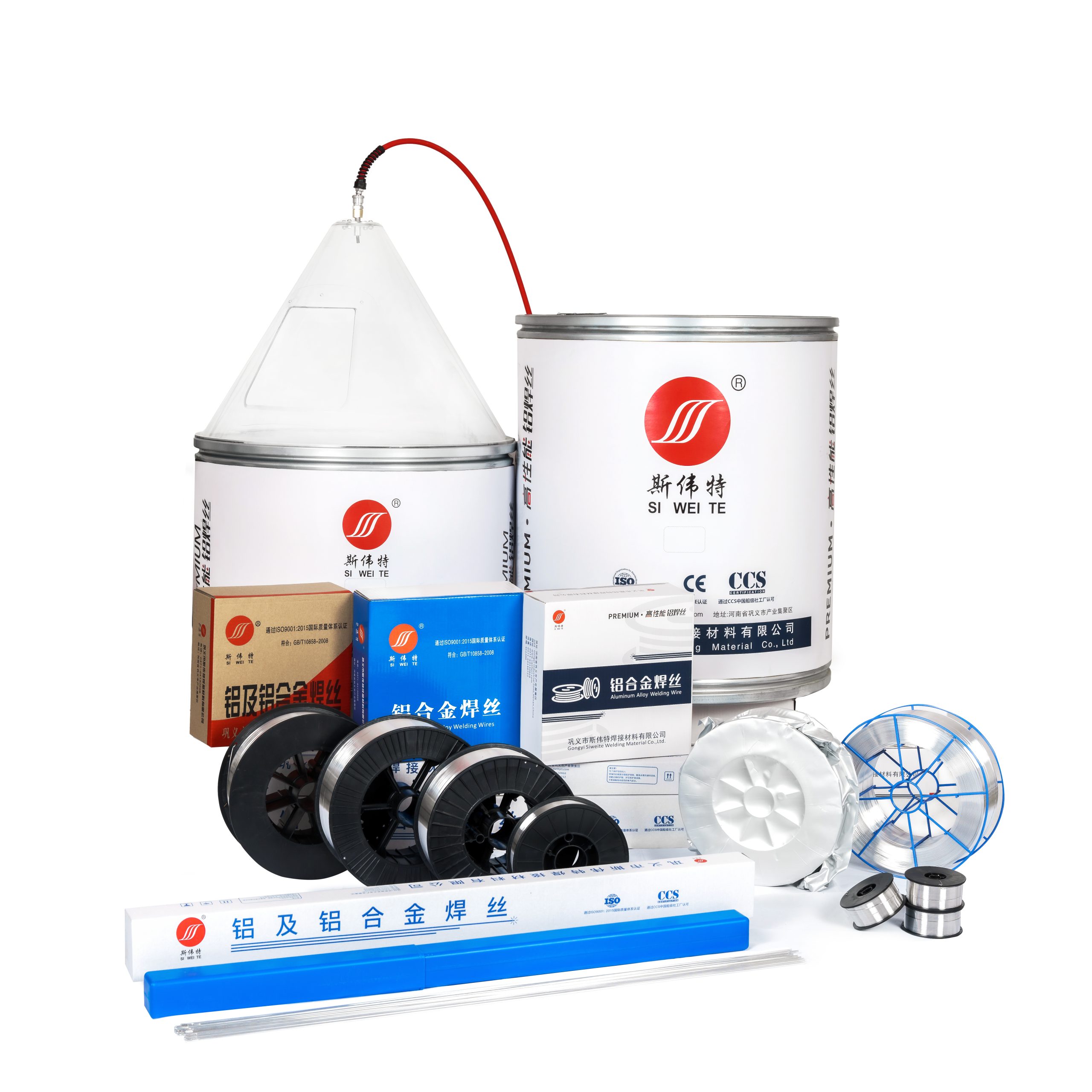Key Insights for Trailer Companies: Mastering Aluminum Trailer Welding
For trailer companies and their purchase managers, high-quality welding is critical to ensuring trailer durability and safety. Aluminum trailer welding, a core process in trailer production, often faces challenges that affect product quality. Understanding common issues, choosing the right aluminum welding wire, and applying effective solutions can significantly improve welding results.
Common Problems in Aluminum Trailer Welding
Trailer welding, especially for aluminum trailers, encounters several frequent issues.
First, porosity is widespread—small holes form in the weld due to moisture or oil on the aluminum surface, weakening the joint.
Second, cracking occurs when the weld cools too quickly, a common problem with aluminum’s high thermal conductivity.
Third, incomplete fusion happens if the welding temperature is too low or the wire feed speed is improper, leaving gaps between the weld and the base metal.
These issues not only reduce the trailer’s load-bearing capacity but also increase maintenance costs for companies.
Main Aluminum Welding Wires for Welding Trailers
Selecting the right aluminum welding wire is key to avoiding welding problems. For trailer welding, three types are widely used.
The first is ER5356, ideal for welding 5000-series aluminum alloys common in trailer frames. It offers strong corrosion resistance and good ductility, fitting trailers exposed to outdoor elements.
The second is ER4043, suitable for 6000-series aluminum parts like trailer panels. It has low melting point and good flowability, reducing cracking risks.
The third is ER5183, designed for high-strength applications, such as heavy-duty trailer joints, providing excellent tensile strength.
Purchase managers should match the wire to the trailer’s aluminum alloy type for optimal performance.
How to Solve Aluminum Trailer Welding Issues
Addressing welding issues requires targeted steps.
To fix porosity, thoroughly clean the aluminum surface with a solvent to remove moisture, oil, or oxide layers before welding.
For cracking, preheat the base metal to 150-200°F (65-93°C) to slow cooling and use a low-heat input setting.
To resolve incomplete fusion, adjust the welding temperature to match the wire type—for example, use 20-25 volts for ER5356—and ensure consistent wire feed speed.
Additionally, training welders on proper technique for aluminum trailer welding and regular equipment maintenance can prevent issues from recurring.
By focusing on these aspects, trailer companies can enhance welding quality, extend trailer lifespan, and meet customer expectations. For purchase managers, choosing the right materials and standardizing processes is an investment in long-term business success.





